Withey Beds Local Nature Reserve
Open all year
A 7.5 hectare Local Nature Reserve (LNR) in Rickmansworth in Hertfordshire. It was declared an LNR in 2004 by Three Rivers District Council, and the council owns and manages the site
Blackthorn Bush
Wildlife
A large blackthorn has been retained to provide valuable habitat and food for a several animals. Birds are commonly seen making use of the blackthorn bush and badgers have been known to use it as well.
Cattle
Agriculture/Grazing
Grazing cattle help to keep scrubby vegetation in check so that the number and variety of wild flowers can increase. This also, therefore, is of benefit for insects, small mammals and birds.
Hide
Artwork
The willow hide is constructed from species including Northern Ireland and Flanders Red, as well as species from The Withey Beds. It is a living hide that continues to grow. Any new growth is weaved in to the main structure each year.
Pill Box
Wildlife
At least six species of bat can be found at The Withey Beds. These are pipistrelle, daubenton, natterer, brown long eared, serotine and noctule. The World War II pill box has been converted in to a bat roost for these species and it will keep them nice and warm as the outside temperature drops.
Pond
Water Habitat
The overflow pond is connected to the river to help take additional water flow during flood conditions. Also provides shelter for young fish from a variety or predators. The shallow margins ensure that the river water warms up quickly in the sun which creates productive conditions for fish to grow as well as increasing survival rates. It also provides a nursery area for juvenile amphibians and invertebrates as well as a host of other creatures.
Ponds
Water Habitat
Seasonal ponds are very important for wildlife. Creatures such as dragonflies and damselflies spend the first stage of their lifecycle in water as nymphs where they veraciously prey upon aquatic invertebrates. After around five years the nymphs emerge from the ponds as the adults we see flying in spring and summer. These may dry out in the summer.
Scrapes
Water Habitat
Seasonal scrapes are shallow ponds which retain water for part of the year. These are important for wading birds such as snipe and redshank that feed on aquatic invertebrates revealed on muddy margins.
Tank Traps
Site of historical interest
Tank traps are cubes of concrete which were installed along the river during World War II. They were designed to stop any enemy tanks from using the river to navigate in to London and the surrounds.
Willow Plot
Wildlife
A withey bed is an old English term used to describe an area used to grow willow for coppicing. Witheys could be used to make baskets, for thatching, charcoal, fencing and the like . The Withey Beds was historically managed in this way and this has resulted in the variety of habitats at the site today.
Park Information
A Withey (willow) bed is an area where willow is grown for coppicing. The site borders the River Colne, and it has a variety of habitats including dry grassland, wet woodland, marsh and ditches. A World War II pillbox has been turned into a bat roost. Rare invertebrates found on the site are the oak jewel beetle, soldier fly, and Roesel’s bush cricket.
The Local Nature Reserve also offers a variety of habitats and supports some fascinating plants and animals, particularly birds and insects which are characteristic of swamp and fen.
Both of these facts help to make The Withey Beds a distinctive and valuable natural resource.
The diversity of habitats include wet woodland, mature standard trees, swamp, marsh, drier grassland, standing and fallen dead wood, open ditches and the River Colne. It is this diversity which provides an ideal breeding ground for migratory birds and other species.
Why is The Withey Beds called The Withey Beds?
‘Withey bed’ is an old English term used to describe the growing of different species of willow for coppicing. They once formed an important part of the local village economy; supplying poles for basketwork, thatching, firewood and many other uses. The withey beds in Rickmansworth were traditionally coppiced to provide such products and this form of management resulted in the varied habitats becoming established
Read more on this page about Withey Beds Local Nature Reserve
On Site Facilities
- Dogs Welcome

How to get here
Parking:There is access from Moor Lane near the junction with Sandy Lodge Road.
Public Transport Information:The Withey Beds is less than a ten minute walk from Moor Park tube station.
By Bus: There are regular buses to Rickmansworth. Contact Traveline for information on 0870 6802608.

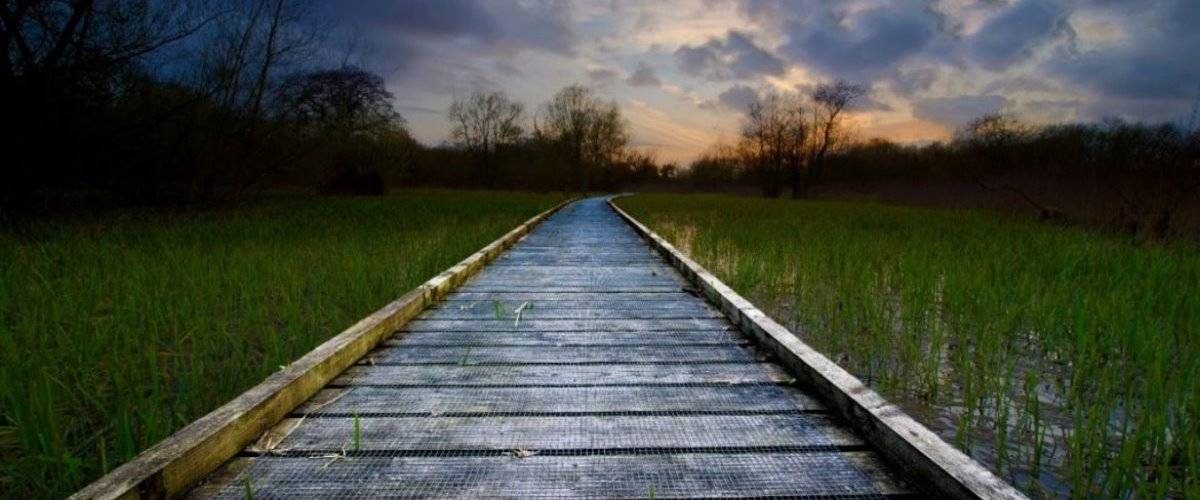
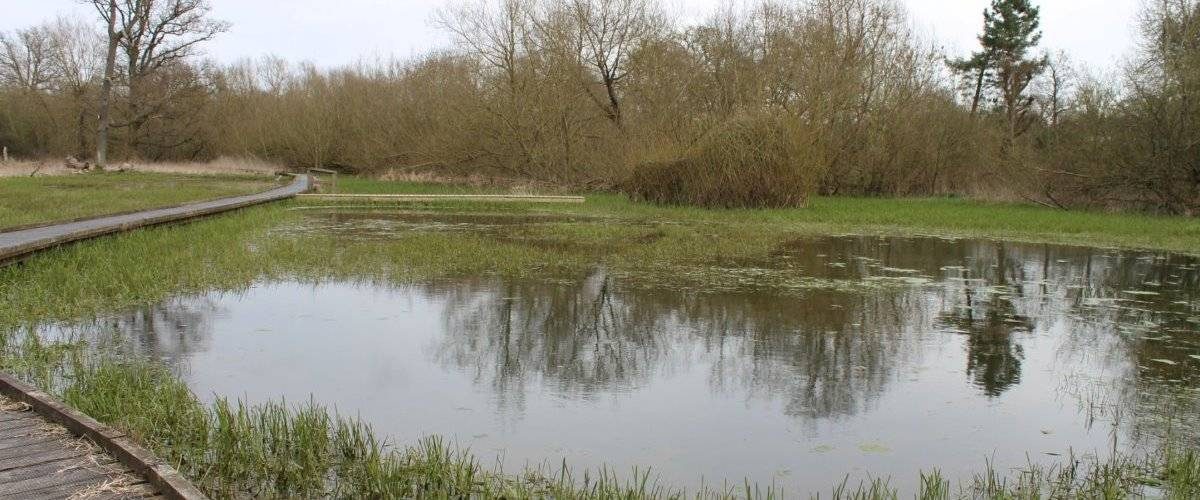
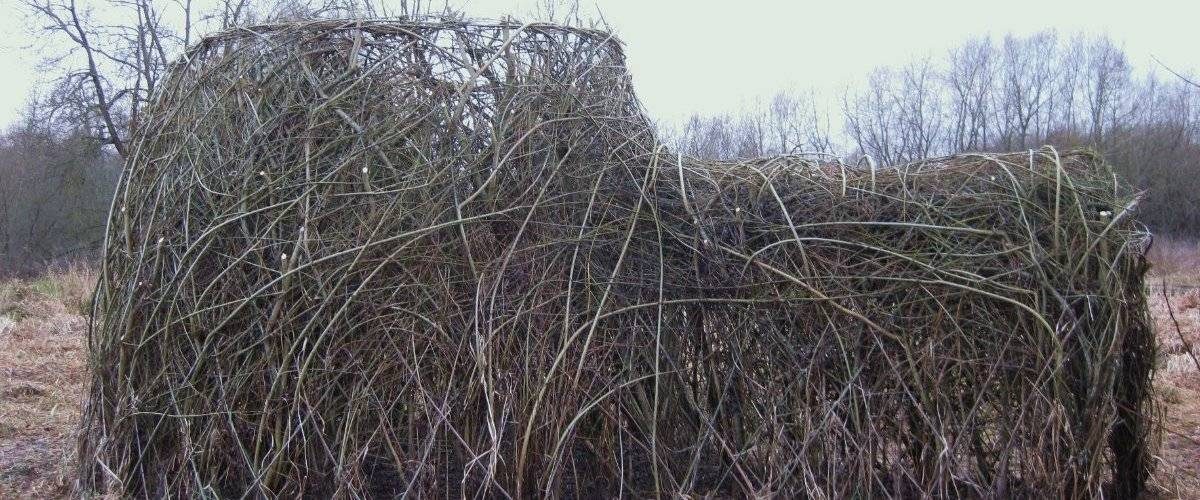
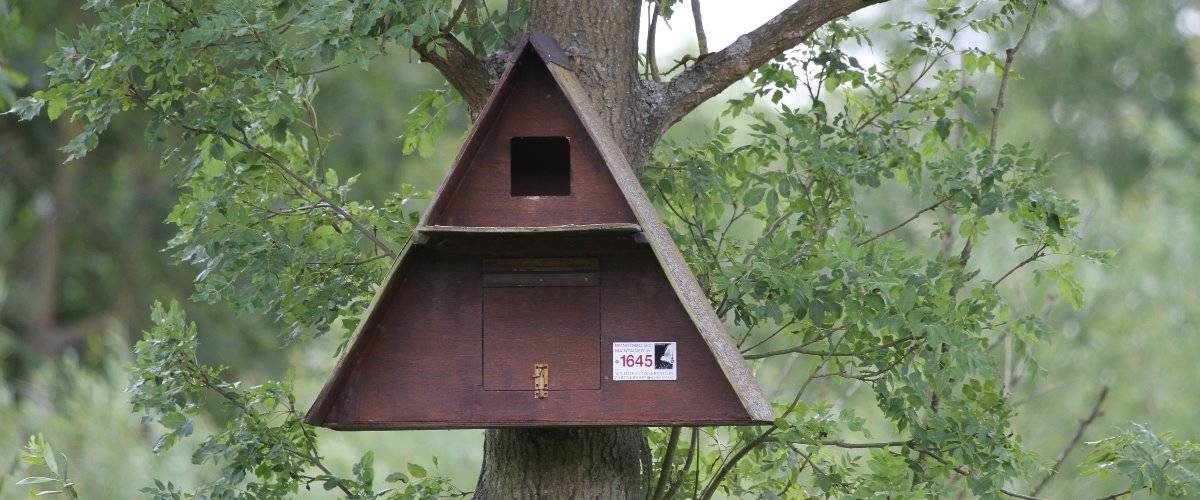
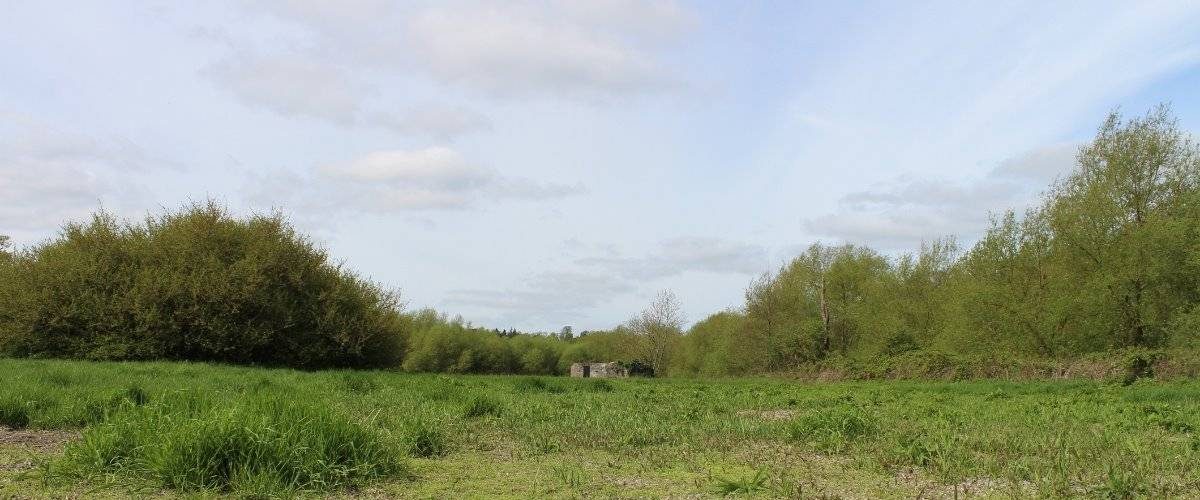
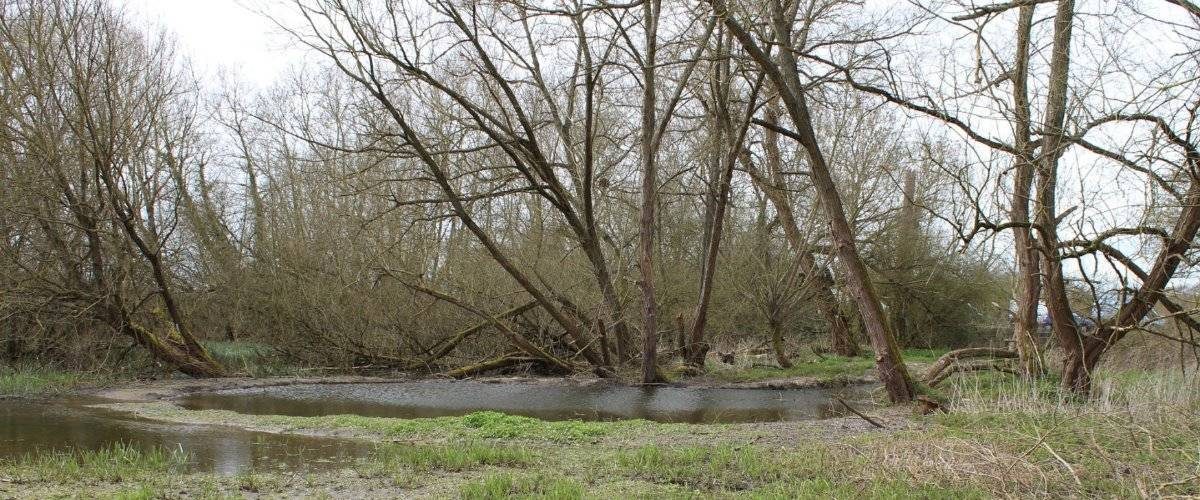
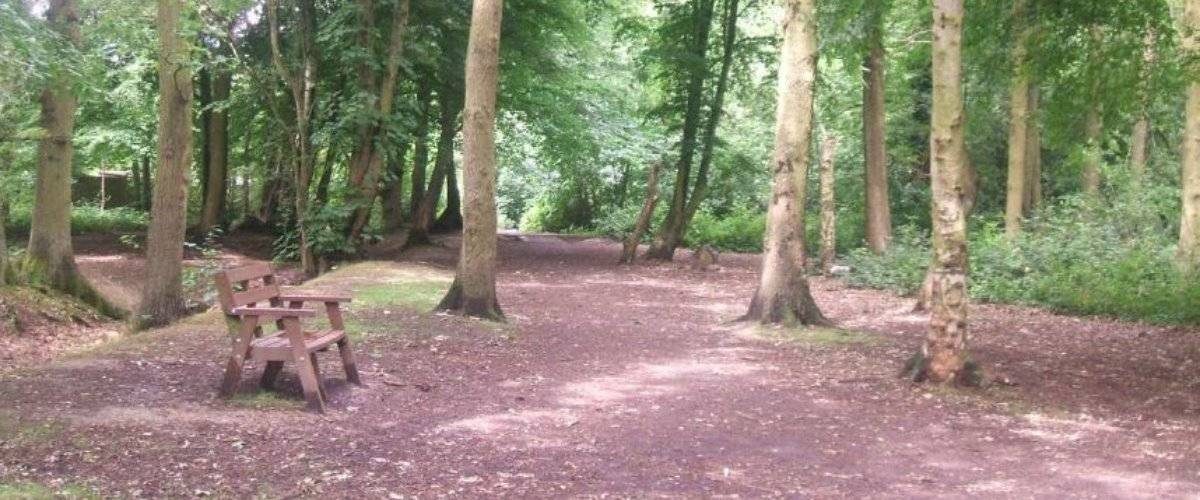

Share your experience
Tell your friends on social media about what you did at Withey Beds Local Nature Reserve: